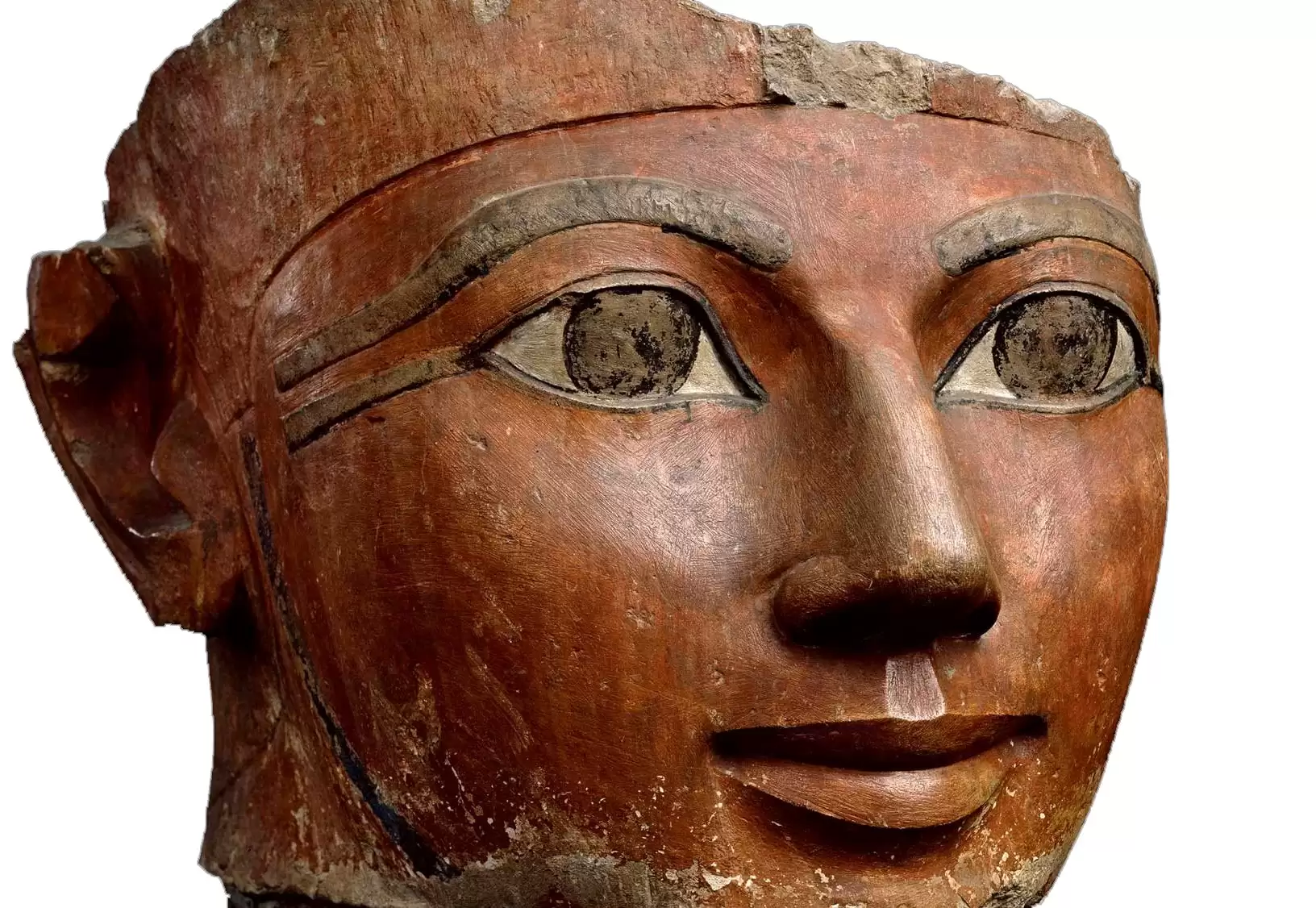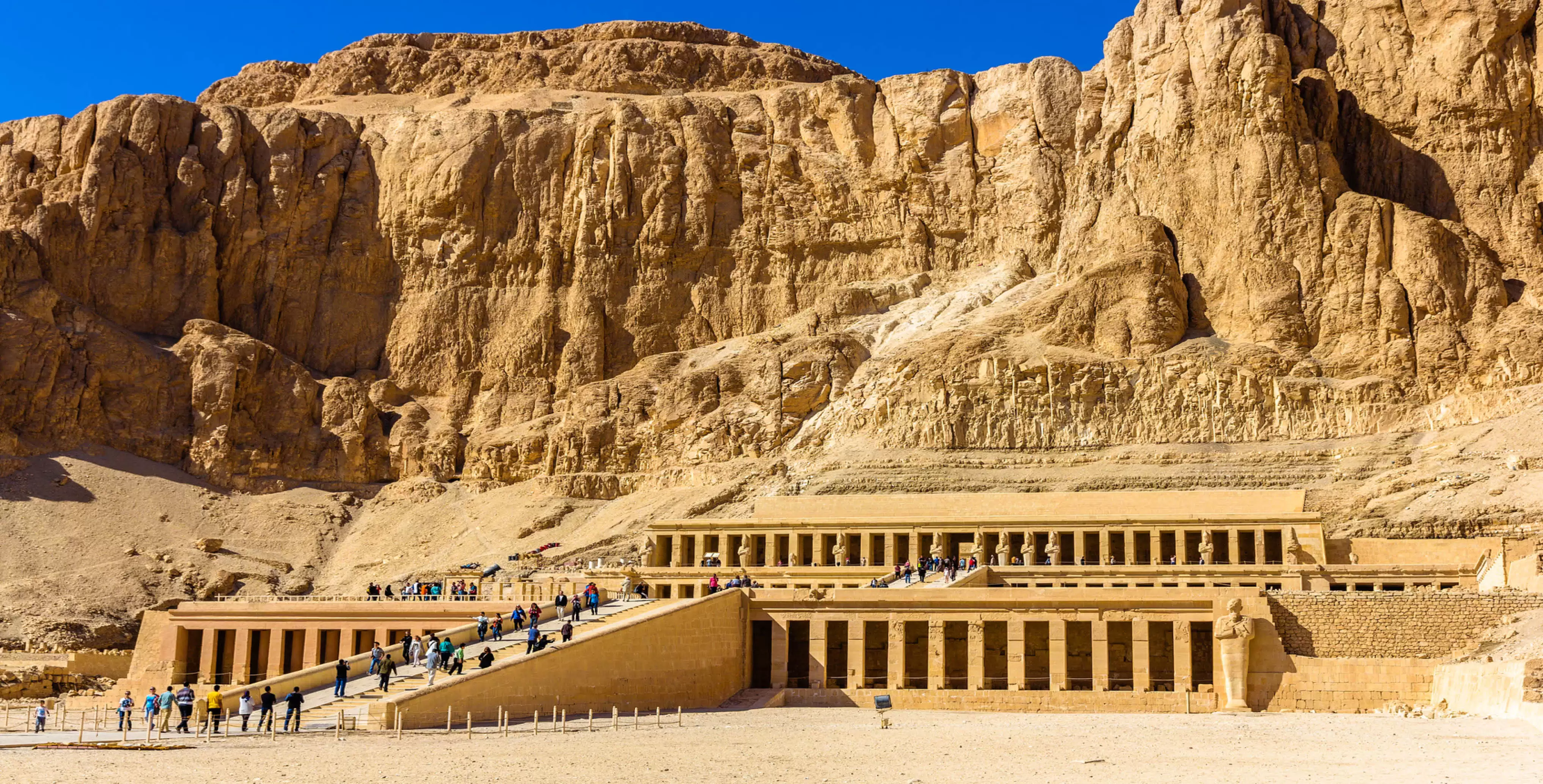- Home
- Destination
Destination
- Egypt
- Cars
- Hotels
- Flight
- About us
- Blog
- Contact us
By : Nada Yahia | 05 May 2020
.jpg)
Hatshepsut's temple is one of the world’s most striking architectural masterpieces enjoy visiting it with Magic Life Tours agency, Hatshepsut (c.1473–1458 BC), the queen who became Pharaoh, built a magnificent temple at Deir al-Bahari, on the west back of Luxor.
Hatshepsut was the only female pharaoh in the history of Ancient Egypt. She came to power during the New Kingdom after the death of her father, Tuthmose I, and her half-brother and husband, Tuthmose II, who succeeded her father on the throne. She originally served as queen-regent to her husband's son by another wife, Tuthmose III, but seized the throne from him and managing to hold onto power until her death. However, Hatshepsut’s status as the only female to rule Egypt is not the only reason for her fame.

The temple consists of three levels each of which has a colonnade at its far end. On the uppermost level, an open courtyard lies just beyond the portico. Deir Al Bahri has been designated as one of the hottest places on earth, so an early morning visit is advisable, also because the reliefs are best seen in the low sunlight. The complex is entered via the great court, where original ancient tree roots are still visible. The colonnades on the lower terrace were closed for restoration at the time of writing. The delicate relief work on the south colonnade, left of the ramp, has reliefs of the transportation of a pair of obelisks commissioned by Hatshepsut from the Aswan quarries to Thebes, and the north one features scenes of birds being caught. You can explore all the city on trip with Magic Life Tours agency.
.jpg.webp)
The temple’s walls are covered with beautiful painted reliefs depicting temple rituals, religious festivals, and even the transportation of obelisks from the quarry to their destination in Karnak Temple. The decorative programme on the left side depicts Hatshepsut’s expedition to Punt, believed to be located near modern Eritrea. The inhabitants of this land, their dwellings, and surrounding environment are vividly recorded, as are the riches and exotic animals that the Egyptians brought back with them. On the other side of the portico, Hatshepsut relates how she is the rightful king of Egypt. She does this not only by claiming that her father Thutmose I had designated her as his heir, but by stating that her true father was none other than the god Amun himself.

Copyrights © 2020 Magic Life Tours. All Rights Reserved.